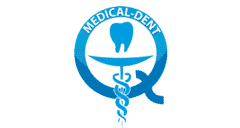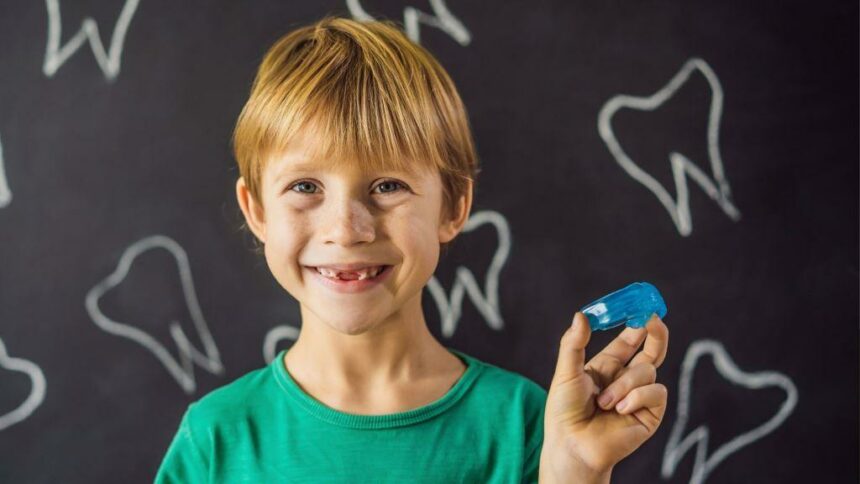Did you know that malocclusion in children is diagnosed in one in two toddlers? Read our text and find out what to do to protect your child. Find out what the causes are, the consequences and, most importantly, how to treat them.
How do malocclusion in children develop?
Genes are responsible for many bite-related problems. These, of course, are beyond our control. Here, there is most often a disproportion between the size of the jaw and the size of the teeth or the size and shape of the jaws. The most common defect resulting from genetics is an anterior overbite.
Another cause of malocclusion in children is asthma. Or rather, it is not the disease itself, but the medication used for it. It is the inhalers that can promote palatal lengthening and deepening.
Various types of trauma are also important. If the chin has been damaged in any way, there is a likelihood that a malocclusion is developing - such as mandibular asymmetry, impaired growth or open bite.
You are no doubt wondering - what about thumb sucking? Can it actually be harmful, or is it just a myth? We don't have good news - it's true! Through this habit, bones can become deformed, resulting in malocclusion.
It is also worth paying attention to whether your child is breathing through the mouth. If so, it is worth seeing a specialist. This can result in serious consequences that not only affect your child's bite, but also the shape of their face and breathing difficulties.
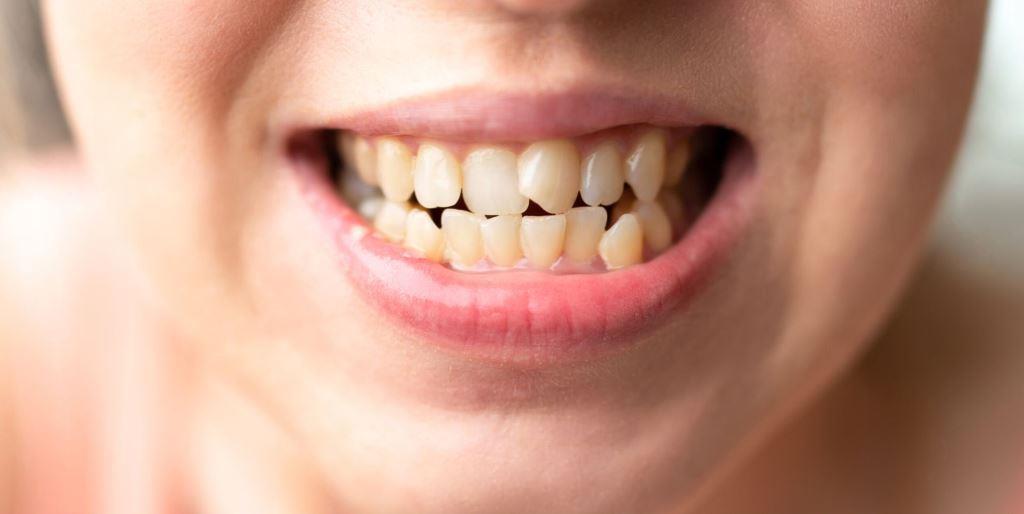
Malocclusion in children - consequences
Untreated malocclusion in children has a number of consequences. Firstly, tooth decay. It can even lead to the removal of an infected tooth, which in turn will affect the condition of the entire oral cavity. You can read more about it in our article: "Caries in the child. Causes, symptoms, treatment".
Importantly, malocclusion in children can also affect the development of permanent teeth, as well as eating difficulties, speech defects, breathing difficulties and a negative impact on facial appearance.
Malocclusion will hinder maintaining good oral hygienewhich results in the growth of harmful bacteria.
Needless to say, this aspect can also seriously affect the on a child's self-confidence and self-esteem. It is therefore worthwhile, as far as possible, to prevent the development of malocclusion in young children.
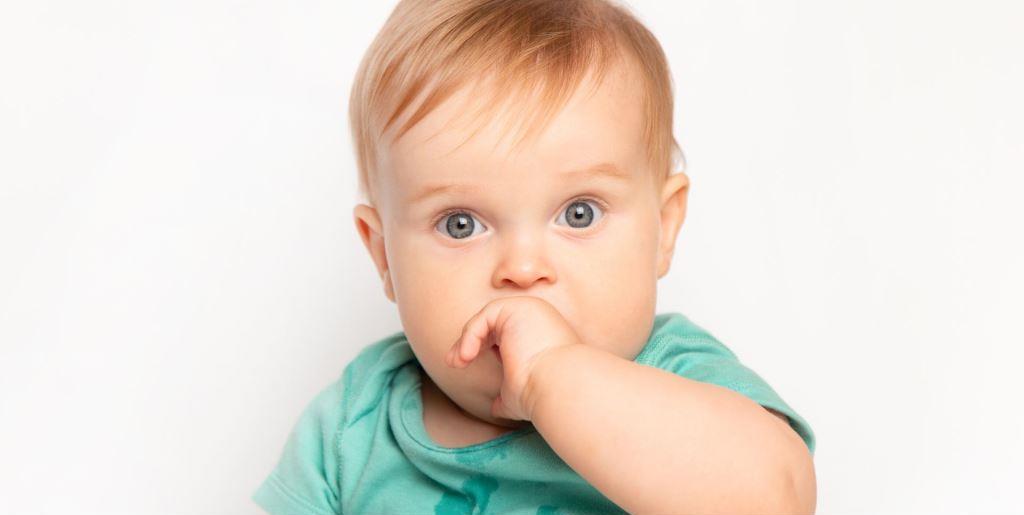
Prevention in the youngest
As we mentioned earlier, not all malocclusions in children can be prevented. We can't win with genes, but there are a few factors that you can definitely influence.
Pay attention to your child's habits. If the child is older than 2 years and still sucks his thumb or dummy, it is worth working on stopping him from doing this. It is also harmful to bite objects or, in the case of slightly older children, fingernails. It is worth explaining to the child why he or she should not do this.
Also pay attention to how your little one breathes. If he does it through his mouth - be sure to visit an ENT specialist to diagnose the cause. There may be something obstructing breathing through the nose!
It is also worth visiting the dentist's surgery for a specialist assessment, Whether everything is developing correctly. He or she will also pay attention to possible swallowing problems, which can also influence the development of malocclusion. Be sure to read our article: "Your child's first visit to the dentist in the UK". Don't delay the adaptation visit - this one should take place just after your little one's first tooth!
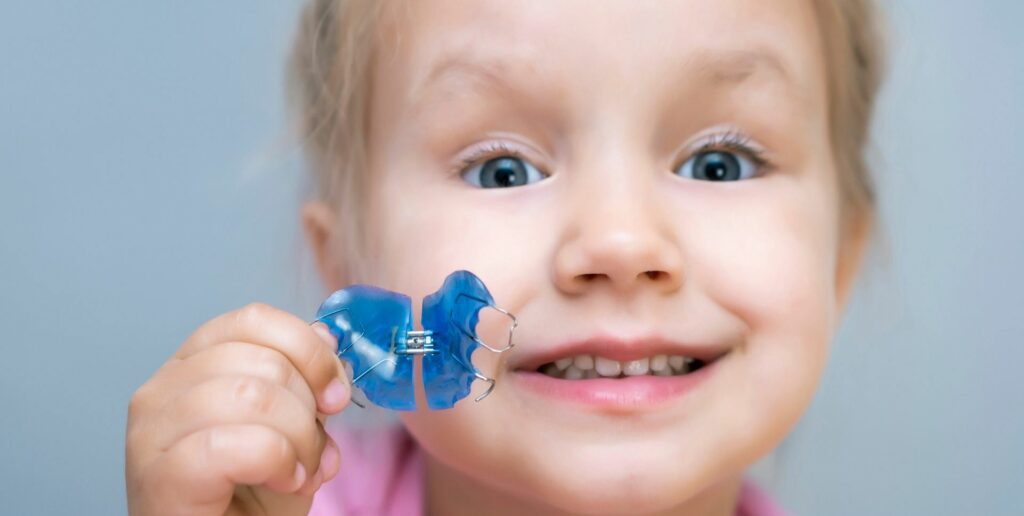
Treatment of malocclusion in children
The most effective treatment for malocclusion in children is, of course, orthodontic treatment. This can be started as early as at the age of 5! At the first visit to the orthodontist, the parent will be asked for detailed information about the child's oral health, but also about past injuries, allergies or eating habits.
Then it is time for a thorough bite analysis, Which is crucial when planning the treatment of malocclusion in children. It will also help to show whether additional investigations are necessary.
Children are not fitted with fixed braces because of their deciduous teeth. Parents must therefore ensure that their children wear their braces as recommended by the orthodontist!
Read more: "Braces for children's teeth. When is it worth thinking about and how much does it cost?".
Cost of orthodontic treatment of malocclusion in children in starts at £300 For one arch of braces and £500 for two. We also offer standard metal fixed braces, which cost £600 for one arch and ceramic braces cost £900 per arch. Self-ligaturing fixed braces are also worth looking at. These cost £900 per arch (metal) and £1200 (porcelain).If you are concerned about the cost of treatment, don't worry. You can take advantage of convenient, interest-free instalments at our practice. Read our article to find out more: "Teeth on credit, or dental treatment on instalments".
